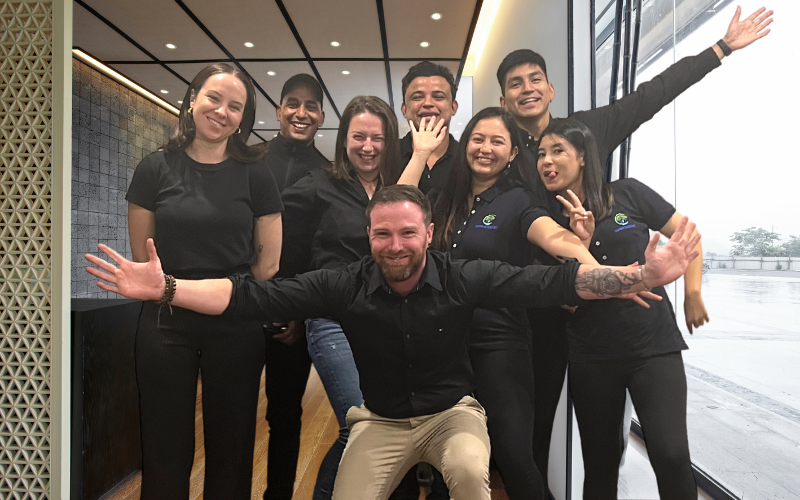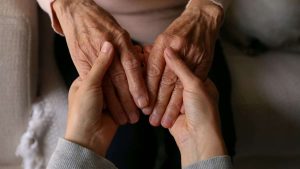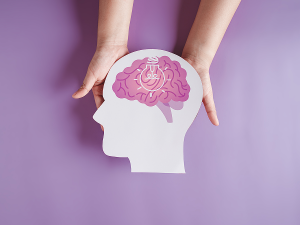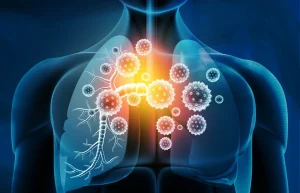Inclusive Emergency Response: How Paramedics Tailor Care for People with Diverse Disabilities
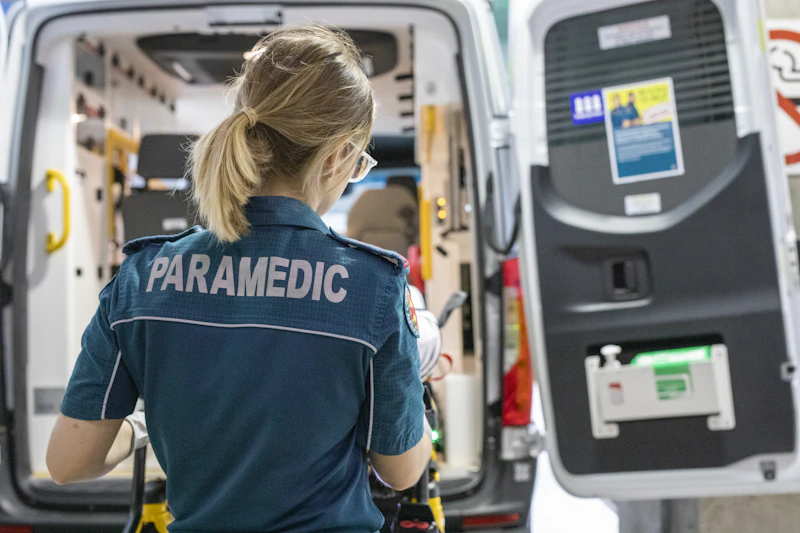
Emergency situations can be overwhelming and stressful for anyone, but the experience can be even more challenging for people with disabilities. As per reports, people with disabilities are four times more likely to die in emergency situations than people without disabilities. Paramedics have become a necessary step in providing quality care to people with diverse disabilities. This blog post aims to provide an in-depth understanding of how paramedics tailor care for people with diverse disabilities.
1. Paramedics considerations for people with physical disabilities
People with physical disabilities may encounter specific challenges while facing emergency situations. Paramedics need to be aware of the type of equipment they use, such as chairs or stretchers, that people with physical disabilities need. Additionally, they should consider where the patient needs to be placed, whether in the ambulance or in the emergency room, and whether their health could be affected if they are kept in one position for too long.
2. Understanding the needs of people with sensory disabilities
People with sensory disabilities may have difficulty communicating their needs or expressing their pain. A thorough understanding of the patient’s communication needs, such as sign language or written language, can aid in proper communication. Furthermore, paramedics should consider lighting levels, sound factors and heavy machinery noises, and consistent verbal communication that could be alarming for people with sensory disabilities.
3. Paramedics providing effective support to people with cognitive disabilities
For people with cognitive disabilities, feeling of confusion and fear during an emergency situation is common. The way they communicate or express their pain may be different and may require patience and disability-specific communication practices. Paramedics should be knowledgeable about the patients’ daily routine and preferences, such as food or drink preparation, requirements related to getting dressed/undressed, and other essential information that can help in supporting them effectively throughout the emergency.
4. Emphasizing culturally sensitive care
People from diverse cultural backgrounds may not be familiar with healthcare practices and may be hesitant to engage with healthcare providers. Additionally, cultural norms and values may impact a patient’s treatment preferences and choices. A culturally sensitive and competent paramedic can ensure that the patient is comfortable with the treatment choices and feels respected and valued in his or her culture.
5. Training for paramedics
Paramedics must receive comprehensive training, including disabilities rights, cultural sensitivity, disability-specific communication, and other essential aspects of inclusive emergency response. Training can help paramedics in understanding the specific requirements of different disabilities and how they can tailor care in the most effective manner.
Conclusion:
Inclusive emergency response is an essential aspect of providing quality healthcare to people with diverse disabilities. By considering their unique needs, paramedics can ensure that patients receive medical attention in a manner that is respectful and tailored to the individual’s requirements. We hope that this post has increased your understanding of how paramedics tailor care for people with diverse disabilities and the importance of inclusive emergency response in healthcare.
Book a free Consultation with us today!
Mobile : 1800960068
Email : contactus@iseeksupport.au
